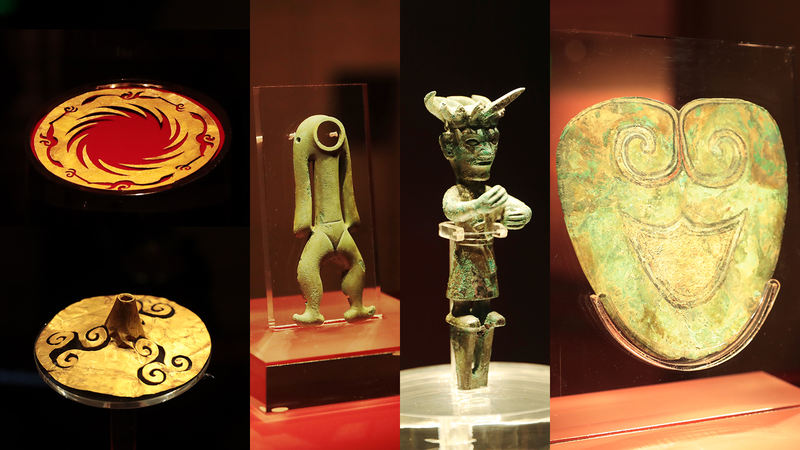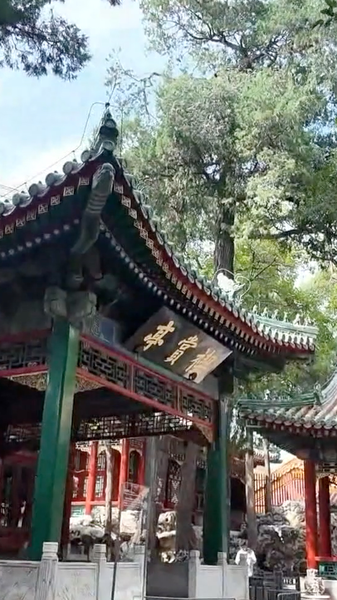The Jinsha Site in Chengdu, Sichuan Province, on the Chinese mainland, has been hailed as one of the most significant archaeological finds of the 21st century in China. Discovered in 2001, it reveals a civilization that thrived between 3200 and 2600 years ago.
Sharing cultural roots with the Sanxingdui civilization, the ancient Shu people mastered bronze, jade and gold craftsmanship. From stunning gold masks to intricate jade ornaments and grand stone carvings, each artifact offers a glimpse into their sophisticated society.
In 2007, the Jinsha Archaeological Museum opened its doors, blending traditional displays with interactive digital reconstructions and VR experiences. Visitors can virtually step back in time to witness ceremonial rites along the Jinsha River.
Archaeologist Dr. Li of the Sichuan Academy of Cultural Heritage notes, "Every new find at Jinsha rewrites our understanding of ancient innovation and exchange in southwestern China." This mix of past and future continues to inspire heritage tech research worldwide.
- Discovery in 2001, Chengdu, Sichuan Province
- Ancient civilization: 3200-2600 years old
- Museum opened in 2007, hosting 1.5 million visitors annually
- Highlights include gold masks, jade artifacts and VR tours
With over a million annual visitors, Jinsha has boosted Chengdu as a top destination for cultural tourism and sustainable travel. Digital nomads and global citizens alike can explore local teahouses by day and dive into ancient history by night.
As interest in global heritage deepens, the Jinsha Site stands out for its fusion of tradition and technology. Whether you are a history buff, tech enthusiast or curious traveler, this ancient site offers fresh insights into how past societies shaped our modern world.
Reference(s):
Jinsha Site: A glimpse into China's ancient Shu civilization
cgtn.com




